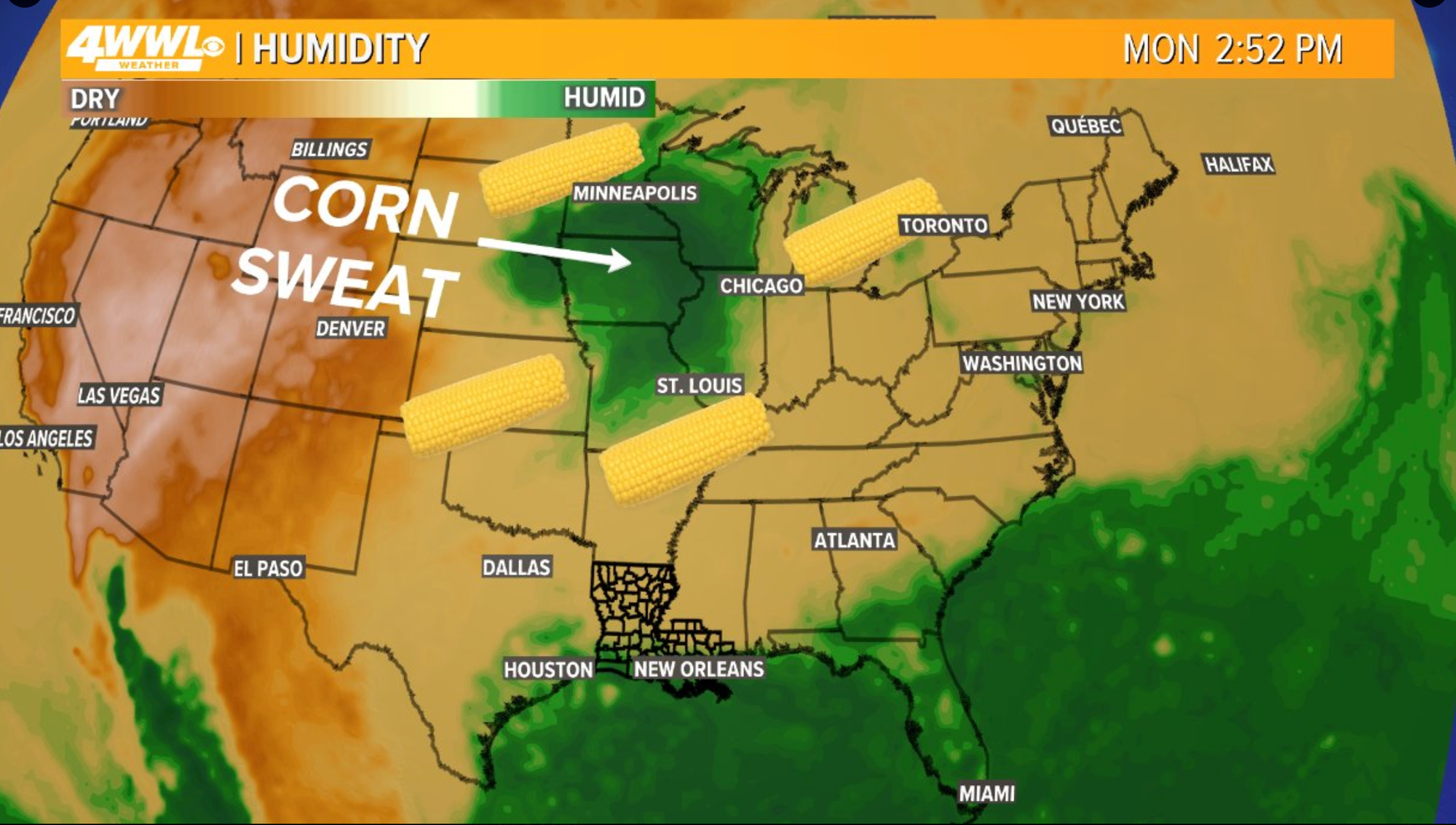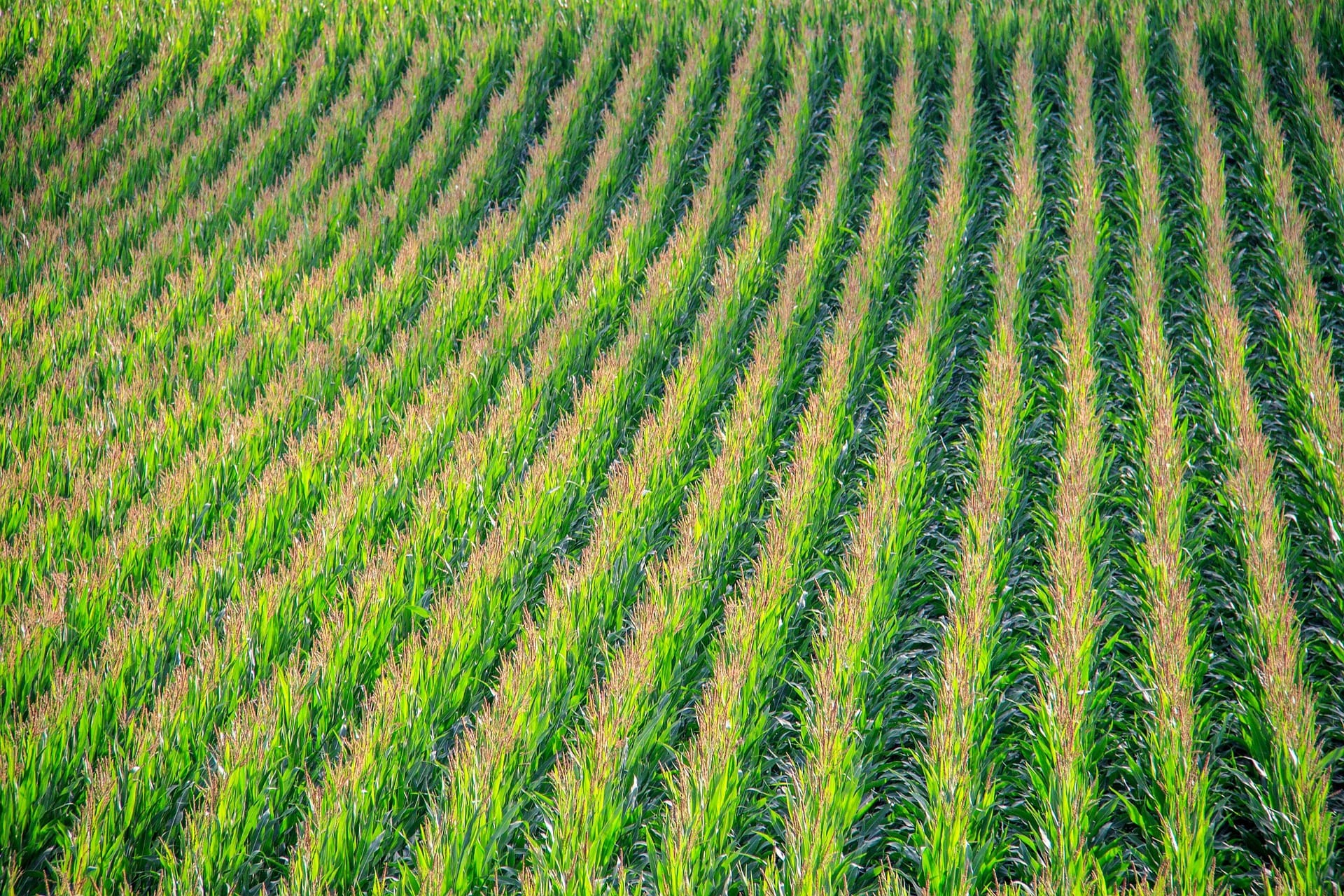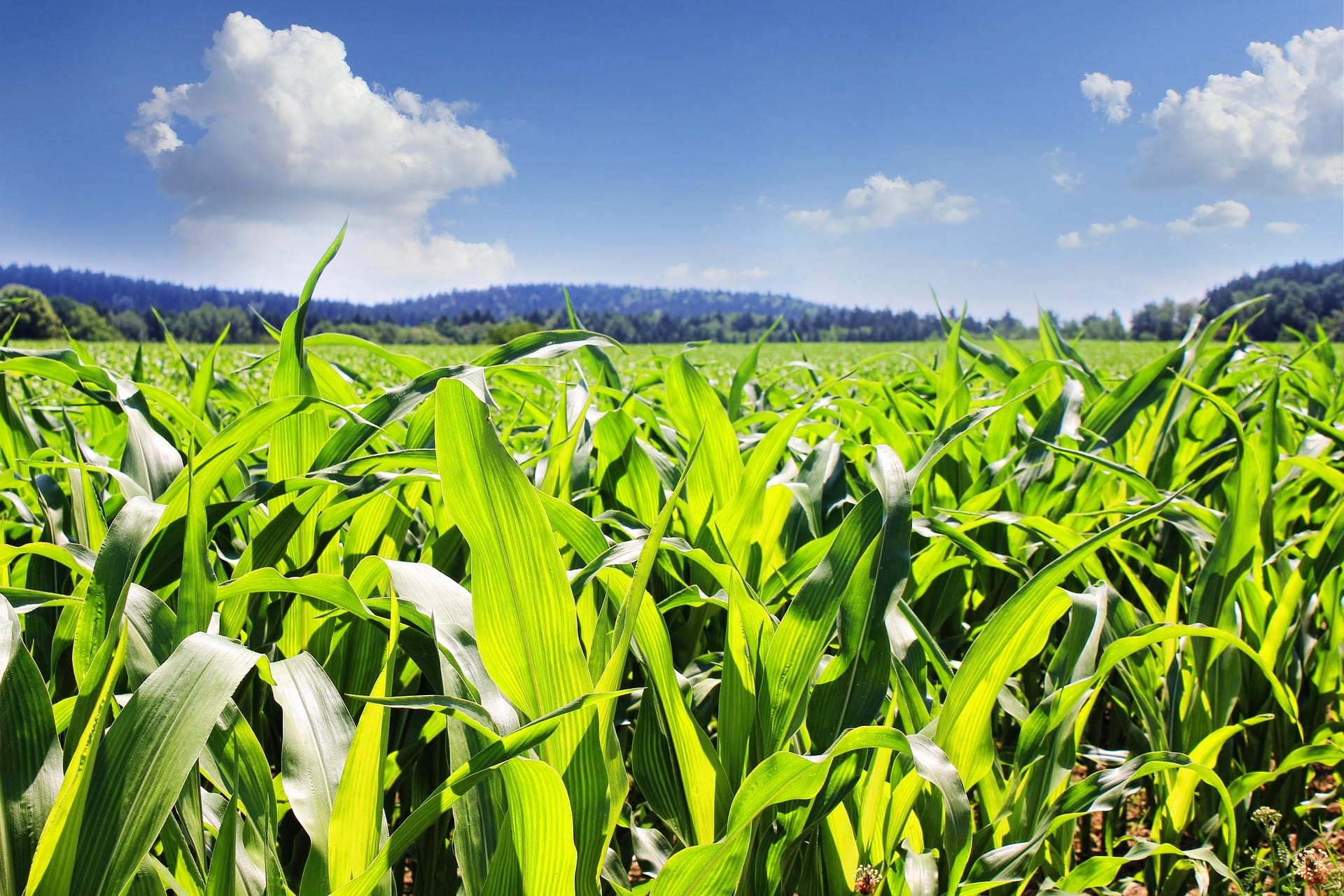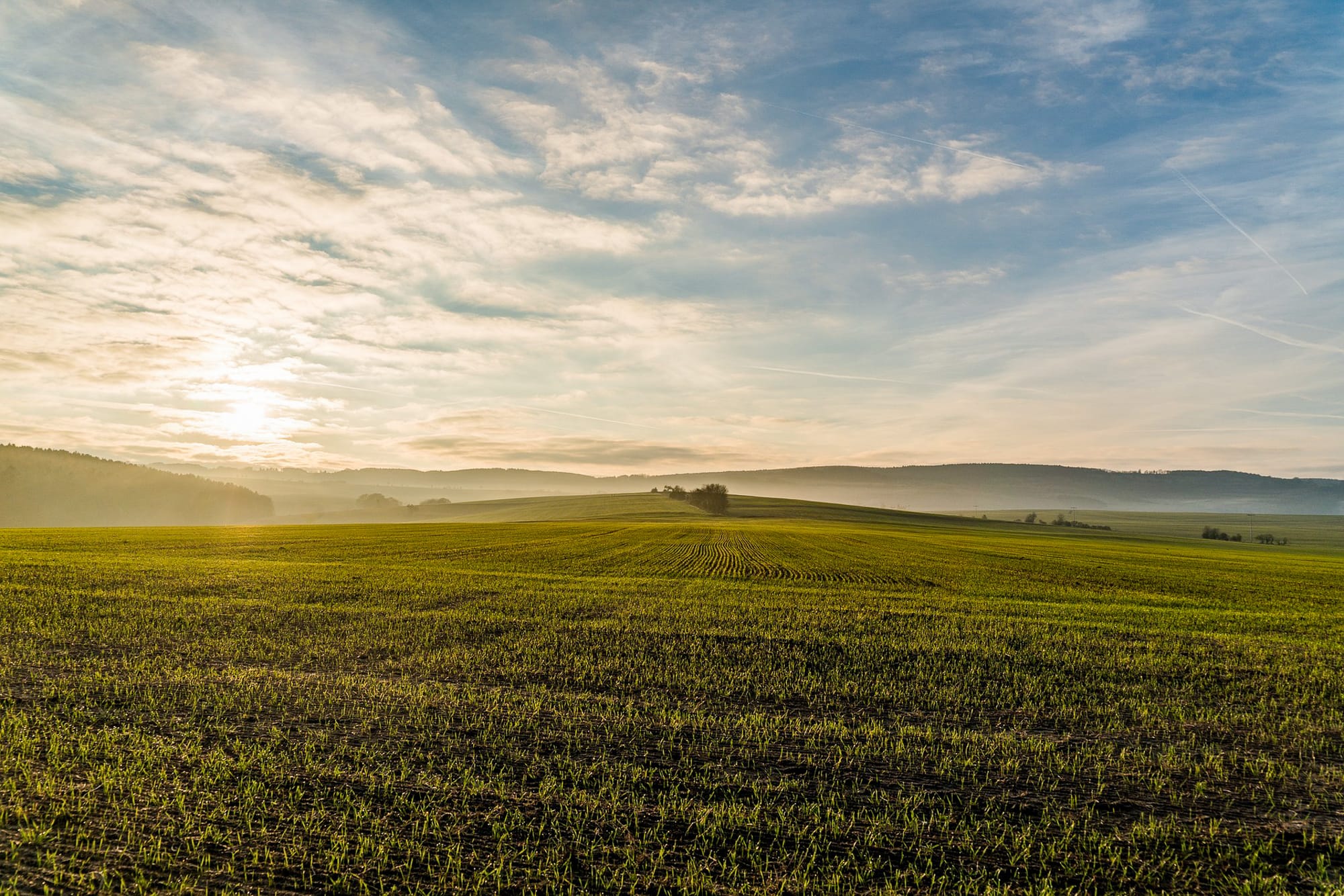Drowning in Corn Sweat

Now that summer is winding down, it's time we talked about corn sweat—and what future summers might look like.

Did you know that heat is the leading weather-related cause of death in the United States and the problem is only getting worse? In fact, the number of heat-related deaths increased 117% from 1999 and 2023, and behind those numbers are tens of millions of people who didn't die but still faced deadly heat waves.

However, the issue isn't simply the fact that temperatures are higher, but that increasing humidity makes the perceived heat—the so-called "heat index"—significantly harder to deal with. Because when there's more water in the air, we're not able to cool down by evaporating sweat and our body temperatures go up.

For example, just a month ago, on August 27th, the city of Chicago reached 99 degrees while the heat index peaked at a much higher 115 degrees. Facing these brutal conditions, people started looking around and discovered that the underlying issue was corn sweat!

More than 91 million acres in the Midwest are planted in high-yield corn crops—grown almost entirely for animal feed, ethanol-based fuels, and high-fructose corn syrup. Native prairies that once supported hundreds of species of plants have been converted into vast stretches of industrial farmland with single crops.

One problem is that corn is being bred, and genetically modified, to grow faster and produce even higher yields. Scientists are already bragging about a second "Green Revolution" as they continue to push corn yields towards a promised 50% gain.

But plants can only grow faster (and produce higher yields), if they're doing more photosynthetic work, which requires a corresponding increase in water uptake and respiration. And as corn plants grow faster, they release even more water vapor. At current levels of production, an acre of corn releases 3000-4000 gallons of water vapor every day, and this can raise humidity 40% higher over large areas!

In other words, immense fields of corn and other industrial crops (such as the 86 million acres of soybeans), are pumping vast amounts of moisture into an already incredibly hot and humid atmosphere, pushing up heat indexes and leading to growing human misery and death across wide swathes of the United States.

It's not entirely fair to single out corn because all plants release water as they photosynthesize. But one big difference is that high-yield monocultures produce a lot of water vapor at the same time, and in the same way, while the many diverse plants in a native ecosystem process water in different ways and at different seasons.
I'm just glad that the heat of this summer is over, and I hope that we all stay safe next summer.

Member discussion